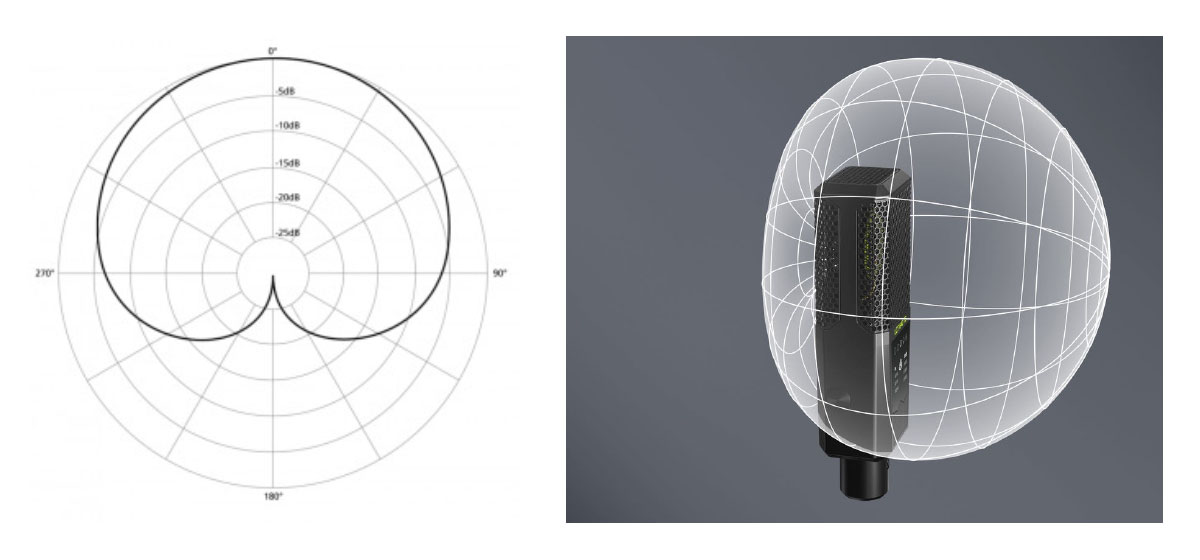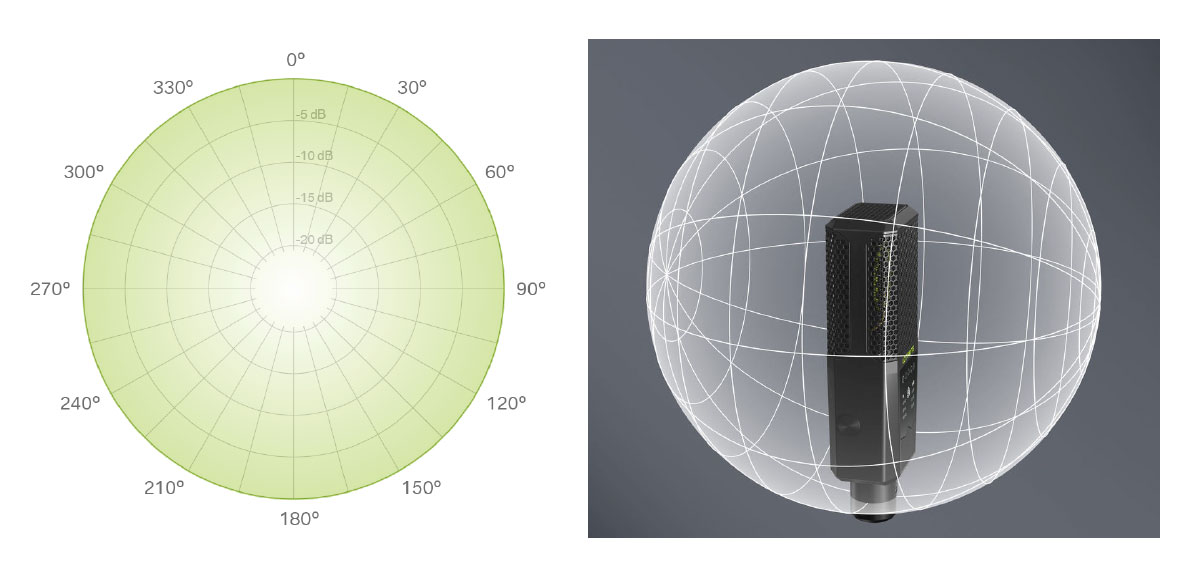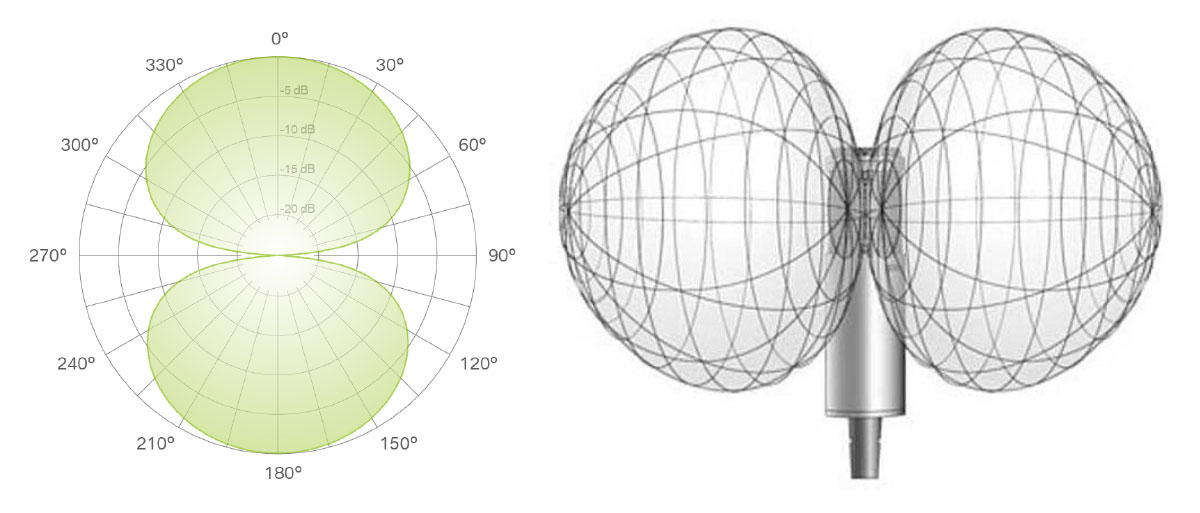By Lynn Wedekind, MEd, Acutonics Senior Licensed Faculty
Sharing Acutonics Sound Healing tools online may feel a bit daunting at first, so asking the planet on its side, “Uranus”, for some assistance may be helpful. Some of us are taking classes, teaching, doing distance healing, sharing sound baths, etc., and each situation requires some variable sound savvy.
When teaching I am often asked by students how to get good sound. This article is intended as an aid to expand our ability to use sound online. This article will focus on microphones.
When using the Zoom application, it is important to understand where your microphone is located on your device. If you are not sure you can google your device to identify where the mic is located. Speaking and sending a sound signal near your internal mic will allow you to identify if anyone can hear what you are sending and whether the sound is sustained over time.
The internal mic of your device may not provide adequate sound when using your tools, you may consider investing in some type of microphone to start. Using an external microphone allows a greater capacity to handle your voice, as well as sound beyond the voice. A microphone does one simple thing – converts sound into an electrical signal so it can be amplified, recorded, or transmitted. The transducer is the part of the microphone detecting and converting the sound waves. This is also sometimes called an element.
There are many different types of transducers. Each one offers a different tonality and other important characteristics you should know before selecting a mic for a particular application. We will explore two different types of transducers applicable to our work, as sound practitioners and explore the difference between a condenser or dynamic microphone. The biggest difference in these two types of transducers relates to the difference in sensitivity to sound and high-frequency accuracy. Here is a summary of some of the differences between the two microphones:
Condenser Mics:
- Provides a higher level of detail of certain sound frequencies
- Suitable for sound sources that are further away and picks up background noise
- Better at reproducing higher frequencies more accurately (high frequency forks)
- Does not handle high sound pressure well (sudden abrupt sounds)
- Have a variety of polar patterns to choose from
Dynamic Mics:
- Better at picking up quieter and subtle sounds (low and mid frequency forks and bowls)
- Can handle high sound pressure levels with ease (such as percussion and gongs)
- Transducer has a moving coil so it does not overload the sound easily!
- Good to use to eliminate exterior sound in noisier environments
- Most dynamic mics have a cardioid polar pick-up
Then there are a variety of polar pick-up sound patterns produced from the capsule of each type of microphone:
- Cardioid (or also called unidirectional) - heart shaped capsule
- Omni-directional – 360 degrees around the mic
- Bi-directional – 180 degrees on either side of the mic
- Stereo (not applicable with Zoom unless all parties are using stereo)
Cardioid:
Over the years, audio engineers have been combining omnidirectional with bidirectional patterns. That technique eventually led to the development of the cardioid mic. This is how it works: if the sound source is in the back of the microphone, the negative signal of the bidirectional cancels the positive signal of the omnidirectional. But if the sound source is coming from the front of the mic, positive signals of both types are combined. As a result, the pickup range gets even stronger. The developing of that model, in many forms originated more specific ones.

Cardioid mic pickup pattern
Speaking of unidirectional microphones, one important aspect is the movement of the sound source. Singers for example, tend to move quite a lot on stage or when holding the mic in studio. Using a cardioid mic can cause significant impact on the final result of your work. And enables you to control the excess of movement of the vocalist or sound source. It is very important to try and find the best location of applying sound in relationship to the mic in order to capture the voice or sound properly.
Omnidirectional:
Picks up sound equally around its capsule

Omnidirectional mic pickup pattern
Bi-directional or Figure 8:
Picks up sound equally from the front and rear and cancelling sounds from either side. The space that is sensible to picking up sound has a shape similar to the format of a figure 8, hence it is often called a figure 8. For those of you sharing Kirtan, this is a good mic choice when using live sound or recording singing with a singer on the mic and the audience on the other side of the mic.

Bidirectional mic pickup pattern
Recommended condenser mics for around $100
- Blue Yeti Traditional and Pro USB, (4 capsules for 4 polar patterns choices)
- Blue Yeti Nano USB, (2 capsules: cardioid, omni-directional)
- RODELink Lavalier non-USB, (omni-directional)
- Sure MV88 iOS Digital Condensor that fits into an iphone, non-USB, (2 capsules: stereo, mono cardioid, mono bi-directional, raw mid-side patterns similar to omni-directional)
Here’s a link for top 5 best reviews for condenser mics around $100. https://bestreviews.com/electronics/microphones/best-condenser-microphones
Recommended dynamic mics for around $100
- Sure Beta SM 58 XLR(cardioid) (standard performance mics used by musicians for recording &l ive settings)
- RODE Podmic XLR (cardioid)
Here’s a link for top 10 best reviews for dynamic mics. Look for the ones that are around $100. https://www.musicradar.com/news/best-dynamic-microphones
There are so many options it can seem overwhelming. Avoid businesses that try to sell you something you don’t really need for an expensive price tag because you are new to sound and just learning.
A good microphone is a good way to begin to improve your sound. Items to consider next may be a good set of headphones and learn how to hear what sound you are producing so you can make improvements and learn to use the mic you have properly.
In addition to a good microphone make sure you are using the best audio settings for Zoom. in preferences select audio and enable “Music and Professional Audio”. This blog may also be helpful https://blog.zoom.us/high-fidelity-music-mode-professional-audio-on-zoom/
May you find the best sound for your classes and clients.
Lynn Wedekind, MEd is a Certified Acutonics Practitioner and a Licensed Senior faculty member. Upcoming Acutonics classes includes, Sedna Superconductor, January 10-12 and 17-20, and the new elective Interplanetary Intervals: Foundational Concepts an Eight Week Course on Zoom, two new cycles of this class, which meets once a week, will run Wednesdays: Feb 9 - March 30 and Saturdays: Feb 12 - April 2. Lynn is also available for individual sound consultations. Lynn can be reached at tuneintuitmusic@gmail.com, or call (360) 353-4488

